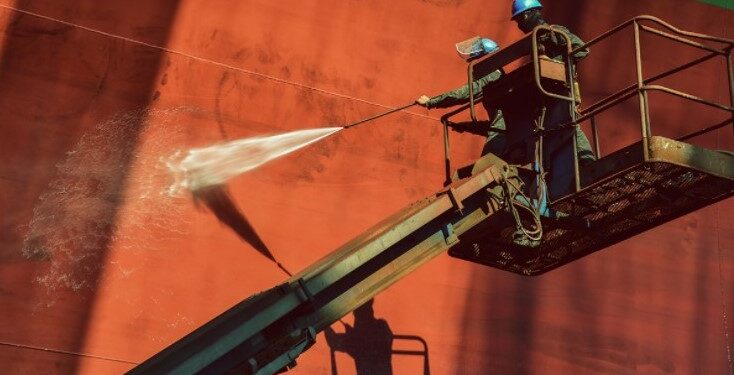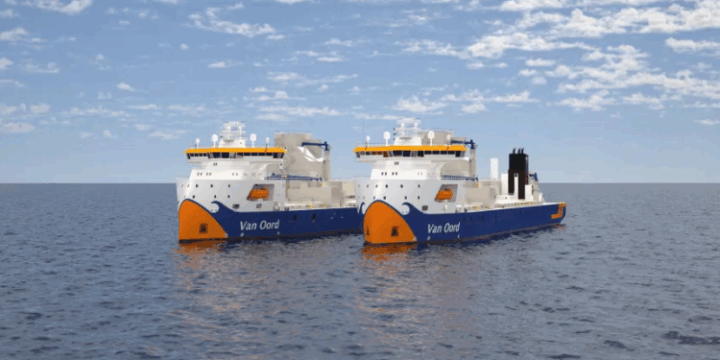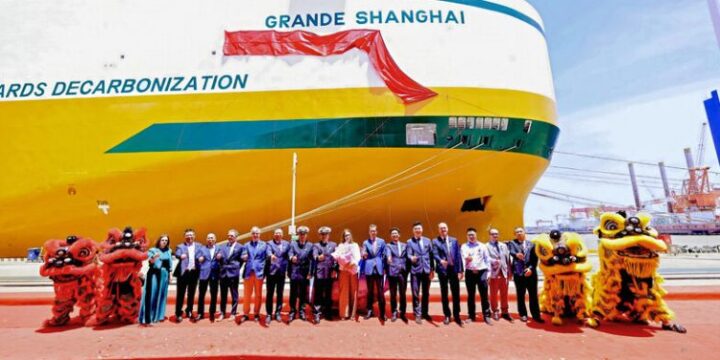July 22, 2025

The Liberia Maritime Authority has issued a notice to notify on Brazil’s mandatory biofouling management requirements for all vessels arriving in Brazilian waters.
According to the notice, new biofouling regulations (under Chapter 4 of NORMAM-401/DPC) in Brazil is applicable to vessels above 24 meters in length that enter Brazilian waters and are required to arrive with a “Clean Hull” or perform in-water hull cleaning.
Similar restrictions apply to vessels operating between domestic marine biogeographic regions.
According to Brazil’s new biofouling management regulation which aligns with the IMO 2023 Biofouling Guidelines (MEPC.378(80)) the vessels must comply with the following:
- Implement a vessel specific Biofouling Management Plan and Biofouling record Book compliant with the IMO guidelines.
- Maintain a clean hull – where ‘clean’ means no biofouling apart from a slime layer (microfouling). This corresponds to a fouling rating number of 1 or lower as defined by Annex J of the regulation.
- Schedule a hull cleaning if there is excessive fouling. In-water hull cleaning in port must be requested at least 10 days prior to arrival, using the application form found in Annex K of the regulation.
While the operational requirements of the new Brazilian biofouling management regulation, i.e. the cleaning requirements, took effect on 17 June 2025, the penalty phase of the requirements will begin on 1 February 2026, allowing vessel operators a grace period in order to adapt to new routines and procedures.
Vessels trading to or within Brazilian waters are advised to take note of the above regulatory changes and update onboard procedures accordingly, taking advice from relevant IMO guidelines on biofouling management (MEPC.378(80)) and in-water cleaning (MEPC.1/Circ.918).
Furthermore, it is worth noting that Brazil defines its “jurisdictional waters” as its internal waters, the territorial sea and exclusive economic zone (EEZ), to a distance of 200 nautical miles from baselines along the coast, as well as waters overlying the extended continental shelf.

